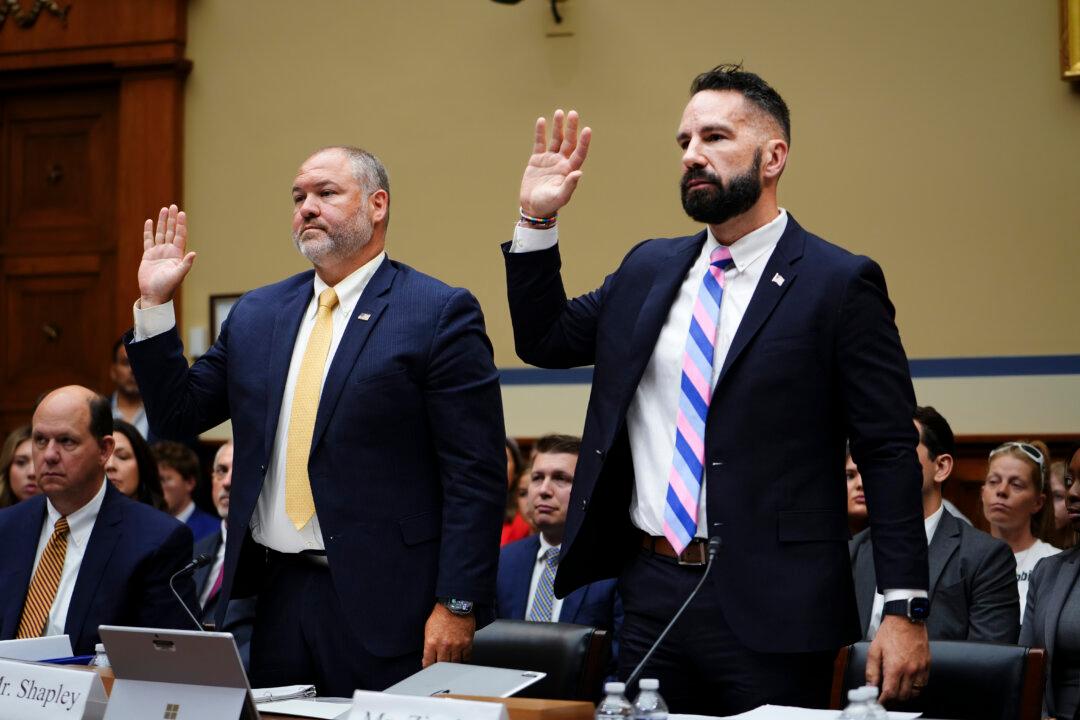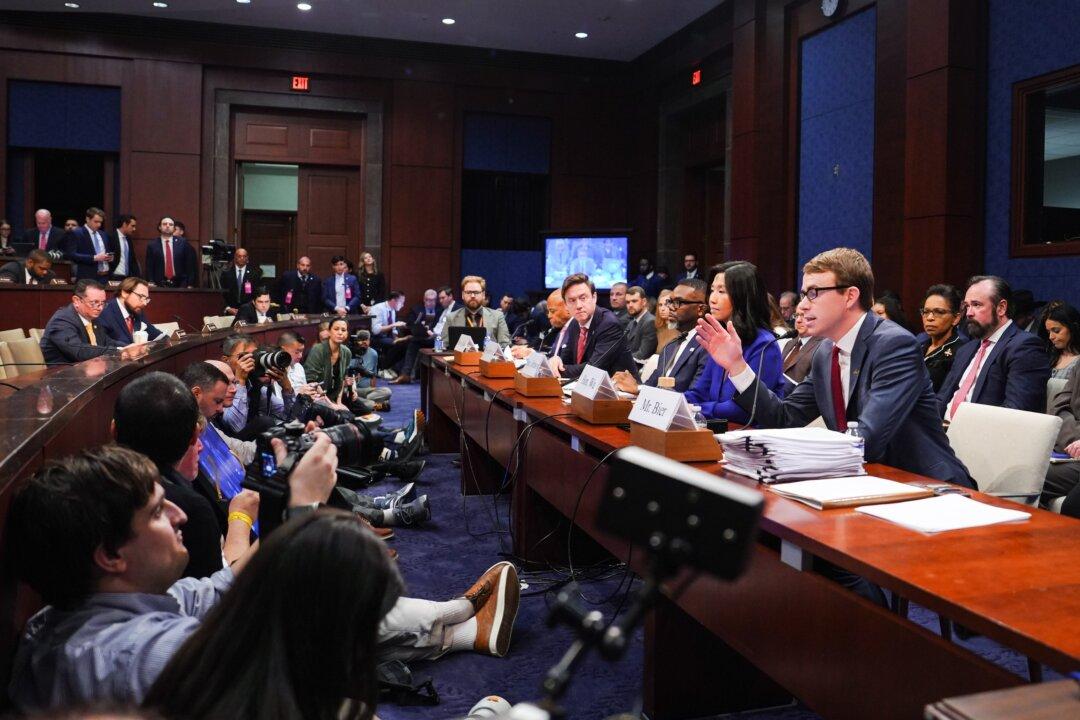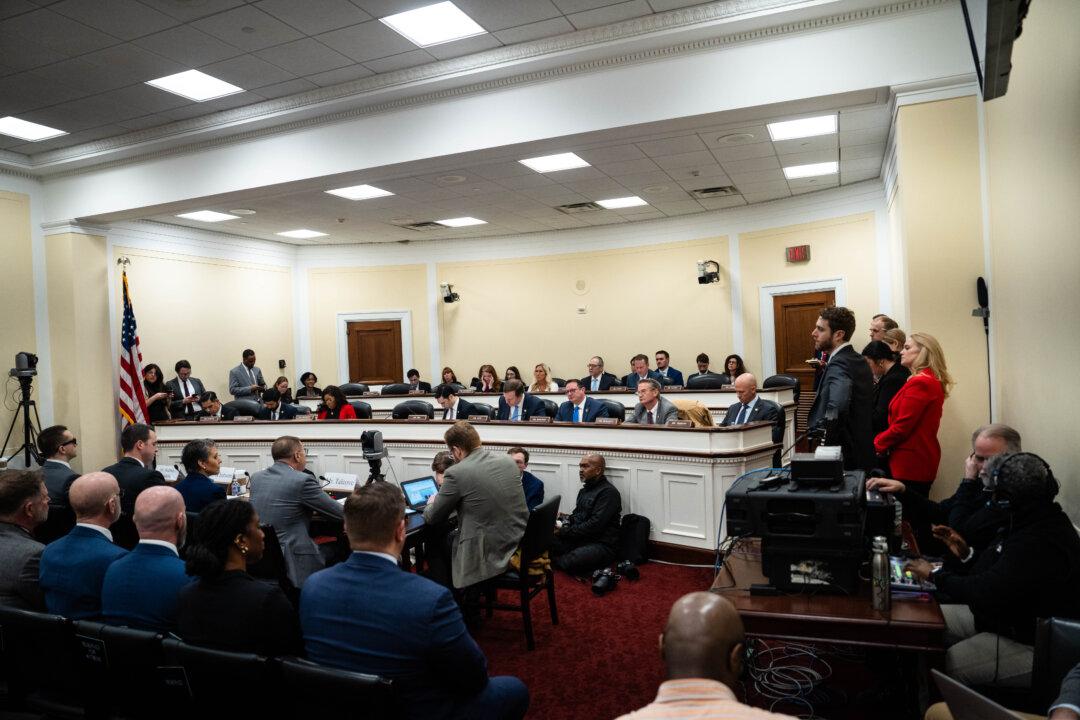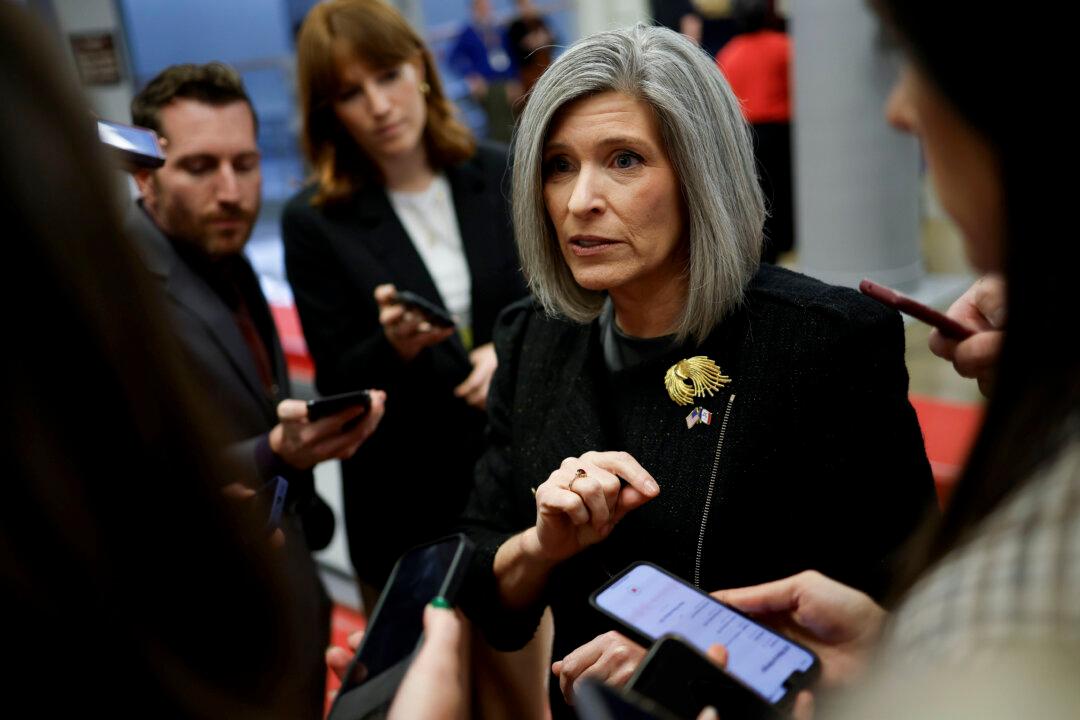WASHINGTON—Everybody knows who “Smokey the Bear” is, but do you know about “The Green Reaper?” How about “Brite the Light Bulb?” Or “Rex the Ready Lion” and his buddies, “Eli and Layla the Mighty Minters?”
No? Well, don’t worry, because hardly anybody else has ever heard of these mascots either. They were paid for as part of the $1.4 billion federal bureaucrats spend annually trying to drum up public support and awareness for a multitude of obscure government programs.





